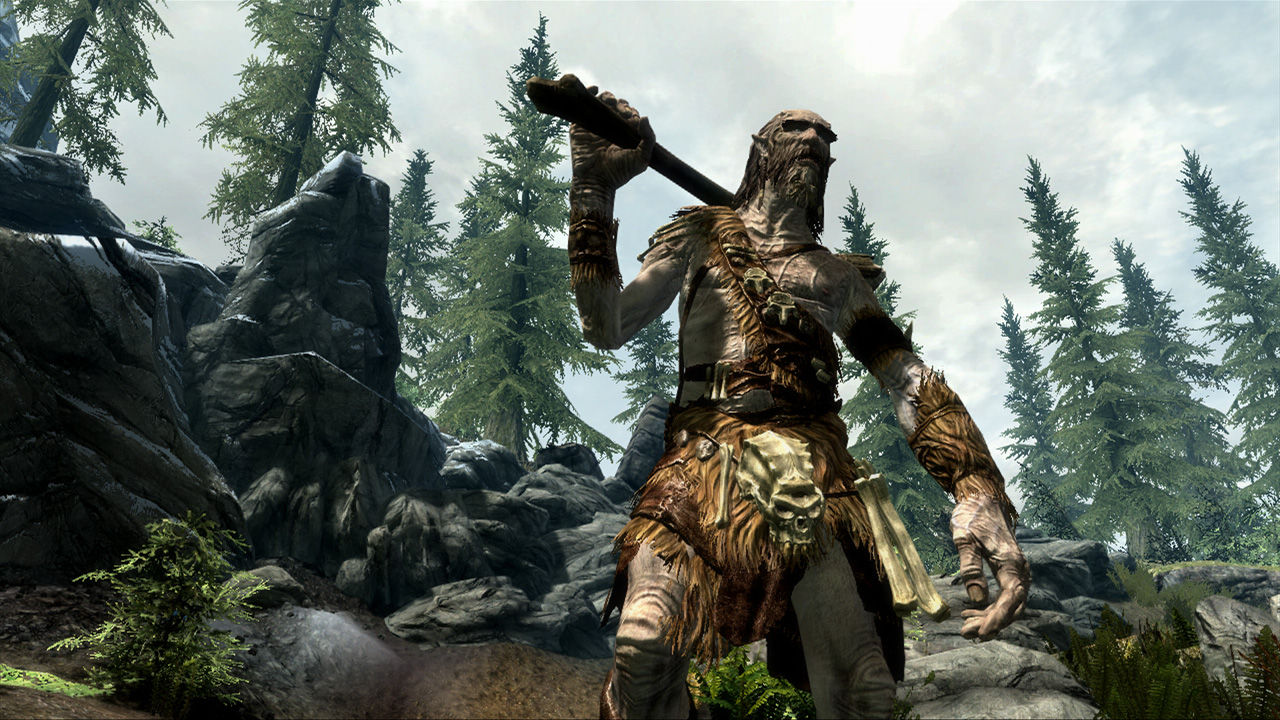

For players considering the pros and cons of joining the Thieves Guild, an inclination towards light armor may play a part.Ĭonsidered a Rogue skill, Light Armor benefits from the Thief Stone whereas Heavy Armor is tied to the Warrior Stone. In this context, light armor is the ideal choice for a rogue playstyle.

Each is loosely tailored to the classic warrior, mage, and rogue archetypes. There are three types of gear Skyrim's Dragonborn can wear: Heavy armor, light armor, and robes. Leveling Skyrim’s Light Armor Skill Tree Has Pros And Cons Players who choose the Light Armor route still need to be able to protect themselves from angry Cave Bears and Draugr Deathlords. Light armor does, which explains why Bethesda Game Studios filled Light Armor’s perk tree with more options to boost the player’s armor rating. This is logical since heavy armor is inherently more durable to begin with it doesn’t need the benefit of perks to achieve that durability. Comparatively, about 60% of Heavy Armor perks pertain to armor rating. Of the two categories, 80% of the perks in the Light Armor tree are simply the armor rating of light-class gear.
#Skyrim pc game debate how to#
Related: Skyrim: How to Unlock Every Dragon Shout The latter category harkens closer to the pros and cons of Skyrim’s Heavy Armor skill tree. The Light Armor perks themselves are a mixed bag, with some catered more towards speed and stamina management, and others focusing on negating damage when the Dragonborn is hit. Where Heavy Armor focuses on withstanding damage and tanking, Light Armor is more angled towards mobility and stealth. Why a player would opt instead for the less protective leather or hide might at first be confusing. There’s an obvious benefit to keeping a sturdy barrier of iron, ebony, or dragonplate between the Dragonborn and his opponents. The Light Armor skill tree in The Elder Scrolls V: Skyrim has a focus similar to Heavy Armor, but there are some key differences that give it its own pros and cons.


 0 kommentar(er)
0 kommentar(er)
